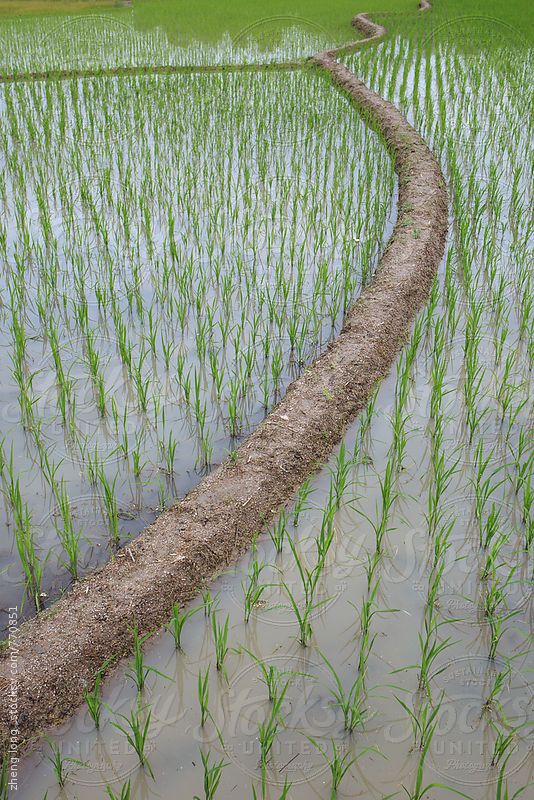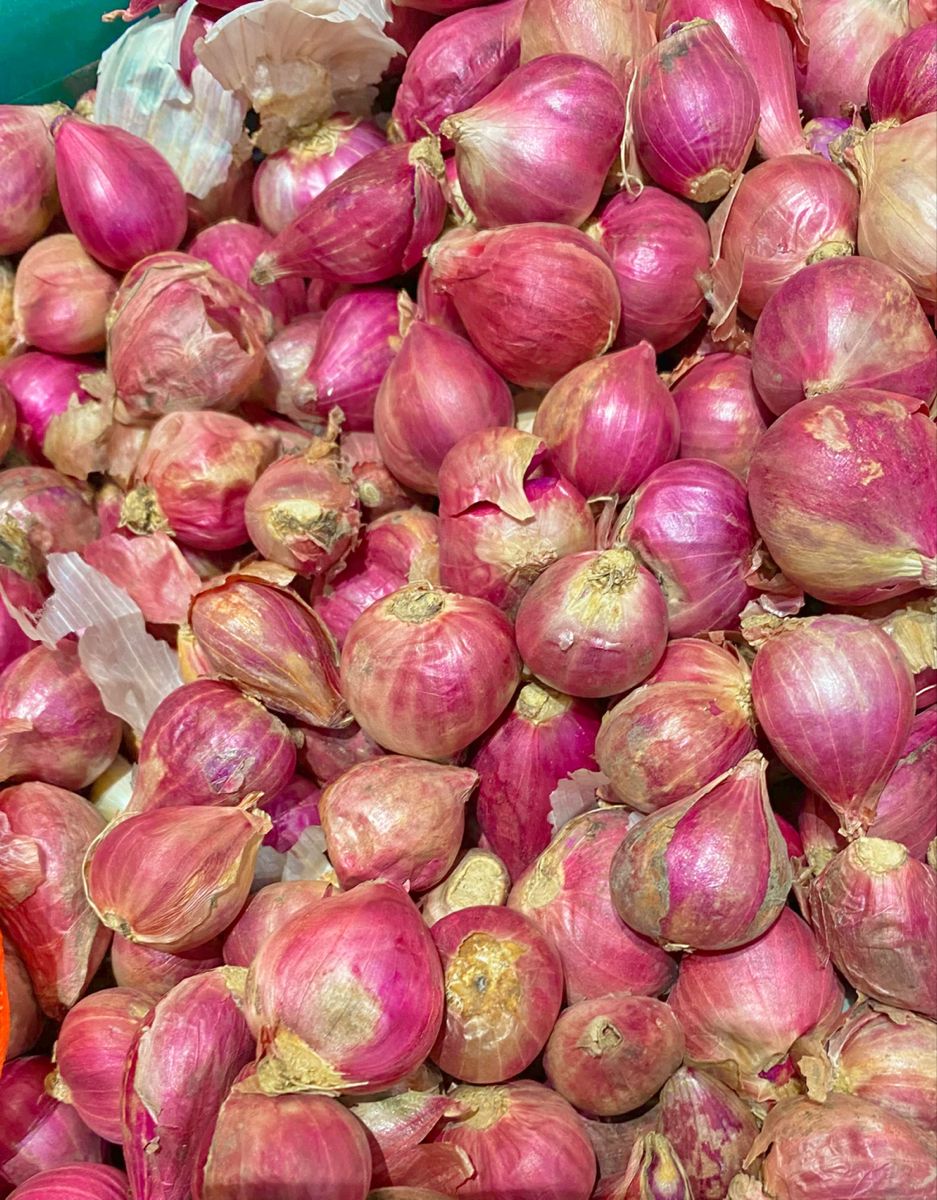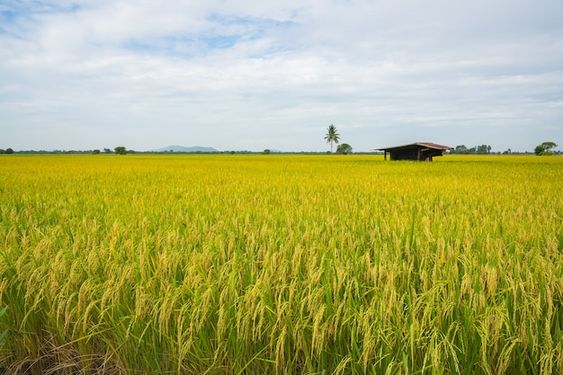Revolutionizing the Harvest: Smart Agricultural product distribution system
Agricultural product distribution system sector is on the cusp of a transformative era. Smart agriculture, a fusion of technology and traditional farming practices, is revolutionizing every facet of food production, from planting to harvest. While advancements in areas like precision agriculture and automation are well documented, a crucial but often overlooked aspect is the intelligent management of agricultural product distribution.
This article delves into the intricate relationship between smart agriculture and the future of agricultural product distribution systems. We’ll explore the challenges plaguing traditional methods, how smart agriculture addresses these issues, and the potential benefits for farmers, consumers, and the environment.
Contents
The Perilous Journey: Challenges in Traditional Agricultural product distribution system
Agricultural products, particularly fresh produce, are notoriously perishable. Their journey from farm to table is fraught with inefficiencies, leading to spoilage, price fluctuations, and information gaps. Here’s a closer look at some of the major hurdles:
- Lack of Transparency: Traditional distribution channels often lack real-time data on product quality, location, and storage conditions. This opacity makes it difficult for farmers to negotiate fair prices and for consumers to be confident about the origin and freshness of their food.
- Inefficient Logistics: Fragmented supply chains, with multiple middlemen, can lead to delays and unnecessary handling, resulting in spoilage and increased costs.
- Limited Market Access: Small-scale farmers often struggle to access large markets due to a lack of infrastructure and connections. This restricts their potential earnings and limits consumer access to diverse agricultural products.
- Demand-Supply Mismatch: Traditional methods struggle to accurately predict market demand, leading to either oversupply and waste or under-supply and price spikes.
Smart Solutions: How Technology Optimizes Distribution
Smart agriculture offers a suite of innovative solutions to address these challenges and streamline product distribution. Here are some key technologies transforming the landscape:
- Internet of Things (IoT) and Sensors: Real-time data on factors like temperature, humidity, and soil moisture can be collected using sensors embedded in farms and storage facilities. This allows for better quality control, optimized storage conditions, and reduced spoilage.
- Blockchain Technology Agricultural product distribution system: Blockchain creates a secure and transparent ledger system that tracks the entire journey of a product from farm to fork. This ensures authenticity, provides consumers with detailed information about the origin and production practices, and fosters trust in the food system.
- Big Data and Predictive Analytics: By analyzing vast sets of agricultural data, including weather patterns, market trends, and consumer preferences, farmers can gain valuable insights. This enables them to optimize production planning, predict demand fluctuations, and adjust pricing strategies accordingly.
- Logistics Platforms and E-commerce: Online marketplaces and logistics platforms connect farmers directly with consumers and retailers, eliminating the need for middlemen. This reduces costs, expedites deliveries, and opens up new market opportunities for small-scale producers.
Reaping the Rewards: Benefits for All Stakeholders
The implementation of Agricultural product distribution system practices in product distribution offers a multitude of advantages:
- Increased Efficiency Agricultural product distribution system: Streamlined logistics, reduced handling, and optimized storage conditions minimize waste and enhance overall efficiency.
- Improved Market Access: Direct-to-consumer models and online platforms empower small-scale farmers to connect with a wider audience, leading to increased income and market diversification.
- Enhanced Transparency and Traceability: Consumers gain access to detailed information about the origin, production methods, and environmental impact of their food, fostering trust and promoting informed purchase decisions.
- Fairer Prices: Reduced costs due to streamlined operations and improved market access empower farmers to command fairer prices for their produce, while consumers benefit from competitive pricing.
- Environmental Sustainability: Through optimization of transportation and storage, smart distribution systems minimize food waste and reduce the environmental footprint of the agricultural sector.
The Road Ahead: Embracing a Data-Driven Future Agricultural product distribution system
Agricultural product distribution system,integration of smart technologies is not without its challenges. Infrastructure limitations in rural areas, data security concerns, and the need for farmer education and capacity building are some hurdles that need to be addressed. However, the potential benefits are undeniable. By embracing smart agricultural practices in product distribution, the agricultural sector can pave the way for a more efficient, transparent, and sustainable food system that benefits all stakeholders.
As we move forward, collaborative efforts between governments, technology companies, and agricultural communities are crucial for successful implementation. By investing in infrastructure, promoting digital literacy among farmers, and fostering innovation in the agricultural technology sector, we can unlock the true potential of smart agriculture and revolutionize the way food reaches our tables.




